Nationality British Period Baroque Role Artist | Name Rex Whistler Siblings Laurence Whistler | |
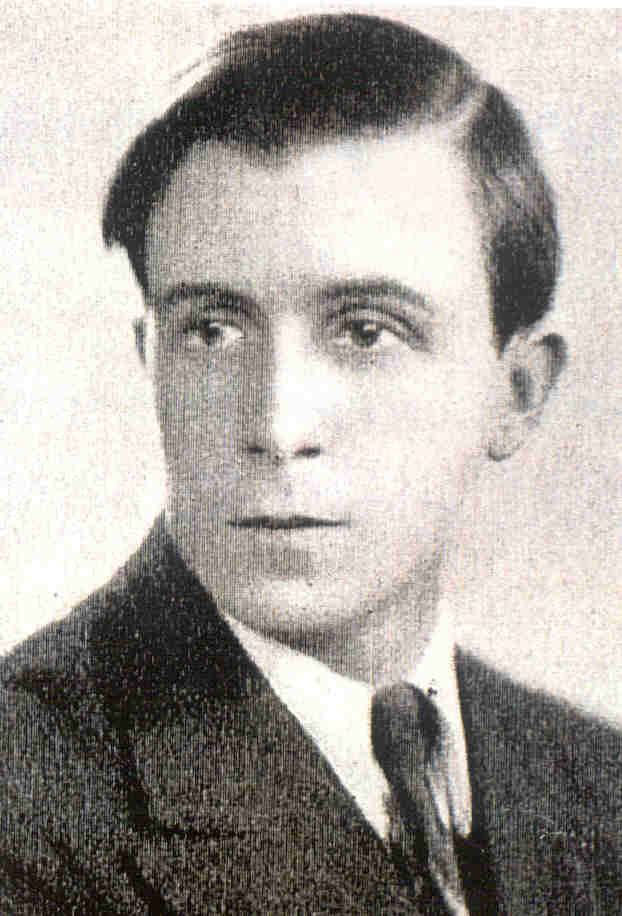 | ||
Movement non-conformist, baroque revival Artwork A Nude Study of Lady Caroline Paget on a Bed Education Royal Academy of Arts, Slade School of Fine Art Known for Mural, Scenic design, Portrait, Landscape, Illustration | ||
Salisbury cathedral glass engraving rex whistler memorial
Reginald John "Rex" Whistler (24 June 1905 – 18 July 1944) was a British artist, designer and illustrator.
Contents
- Salisbury cathedral glass engraving rex whistler memorial
- Rex whistler
- Biography
- Death
- Archive
- Works
- References
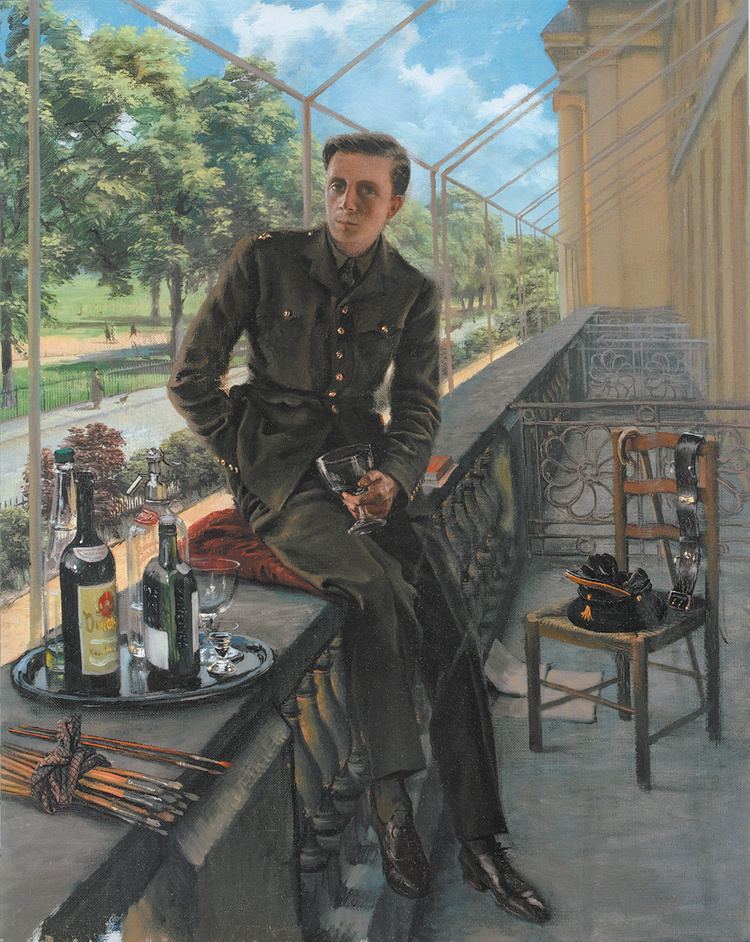
Rex whistler
Biography
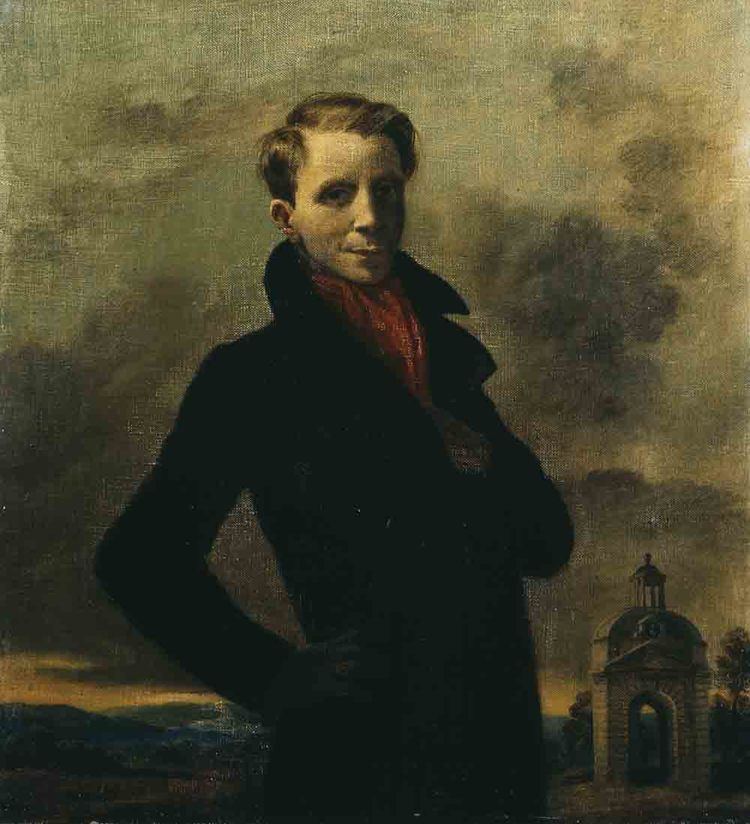
Reginald John Whistler was born in Britain on 24 June 1905, at Eltham, greater London, the son of Harry and Helen Frances Mary Whistler. In May 1919 he was sent to boarding school at Haileybury, where he showed a precocious talent for art, providing set designs for play productions and giving away sketches to prefects in lieu of "dates" (a punishment at Haileybury, similar to "lines" whereby offenders are required to write out set lists of historical dates).
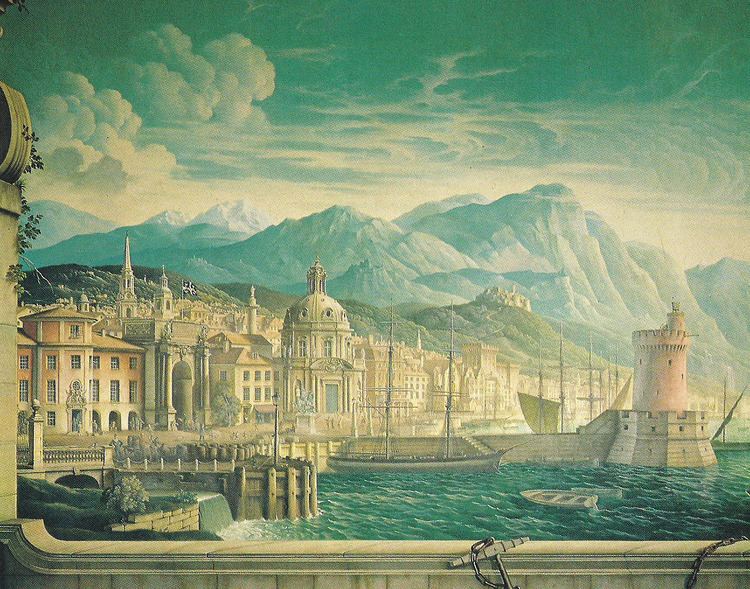
After Haileybury the young Whistler was accepted at the Royal Academy, but disliked the regime there and was "sacked for incompetence". He then proceeded to study at the Slade School of Art, where he met Stephen Tennant, soon to become one of his best friends and a model for some of the figures in his works. Through Tennant, he later met the poet Siegfried Sassoon and his wife Hester, to both of whom Whistler became close.
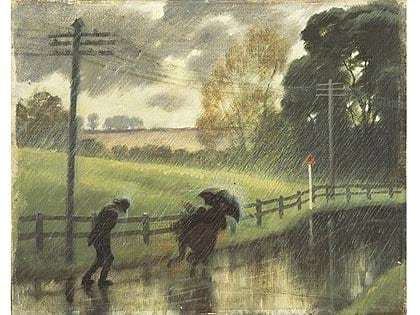
Upon leaving the Slade he burst into a dazzling career as a professional artist. His work encompassed all areas of art and design – from the West End theatre to book illustration (including works by Evelyn Waugh and Walter de la Mare, and Jonathan Swift's Gulliver's Travels) and mural and trompe-l'oeil painting. Paintings at Port Lympne Mansion (within Port Lympne Wild Animal Park), Plas Newydd, Mottisfont Abbey and Dorneywood among others, show his outstanding talent in this genre. During his time at Plas Newydd he may well have become the lover of the daughter of the 6th Marquess of Anglesey, the owner of the house, who had commissioned him to undertake the decorative scheme. Whistler and Lady Caroline Paget are known to have become very close friends and he painted numerous portraits of her, including a startling nude. Whether this painting was actually posed for or whether it was how Whistler imagined her naked is a matter of debate.
His most noted work during the early part of his career was for the café at the Tate Gallery, completed in 1927 when he was only 22. He was commissioned to produce posters and illustrations for Shell Petroleum and the Radio Times. He also created designs for Wedgwood china based on drawings he made of the Devon village of Clovelly. Whistler's elegance and wit ensured his success as a portrait artist among the fashionable; he painted many members of London society, including Edith Sitwell, Cecil Beaton and other members of the set to which he belonged that became known as the "Bright Young Things". His murals for Edwina Mountbatten's 30-room luxury flat in Brook House, Park Lane, London were later installed by the Mountbattens’ son-in-law, decorator David Hicks, in his own houses.
Whistler's activities also extended to ballet design. He designed the scenery and costumes for Ninette de Valois and Gavin Gordon's Hogarth-inspired 1935 ballet The Rake's Progress.
When war broke out, although he was 35, Whistler was eager to join the army. He was commissioned into the Welsh Guards as Lieutenant 131651. His artistic talent, far from being a stumbling block to his military career, was greatly appreciated and he was able to find time to continue some of his work, including a notable self-portrait in uniform now in the National Army Museum. In 1944 he was sent to France following the D-Day landings.
During the war, he was the burial officer of his regiment, and his soldiers became somewhat suspicious of the 20 crosses he carried on his tank. He decided that just because he was at war, did not mean he could not paint, and he therefore also carried a bucket hanging off the side of his tank for his paintbrushes.
Death
In July he was with the Guards Armoured Division in Normandy as the invasion force was poised to break out of the salient east of Caen. On the hot and stuffy 18 July his tank, after crossing a railway line, drove over some felled telegraph wires beside the railway, which became entangled in its tracks. He and the crew got out to free the tank from the wire when a German machine gunner opened fire on them, preventing them from getting back into their tank. Whistler dashed across an open space of 60 yards to another tank to instruct its commander, a Sergeant Lewis Sherlock, to return the fire. As he climbed down from Sherlock's tank a mortar bomb exploded beside him and killed him instantly, throwing him into the air. He was the first fatality suffered by the battalion in the Normandy campaign. The two free tanks of his troop carried out their dead commander's orders before returning to lay out his corpse beside a nearby hedge, first having removed his personal belongings. Whistler's neck had been broken, but there was not a mark on his body. The troop was then immediately called away to act as infantry support, so when that evening Sherlock obtained permission to locate and bury Whistler, he found that this had already been done by an officer of the Rifle Brigade, a regiment in which Whistler's younger brother Laurence (an acclaimed glass engraver and poet) was serving. Among the many works of art produced by Rex Whistler during his time in the forces was a fine pencil portrait of Sergeant Sherlock.
Whistler, like many other artists in war, seems to have predicted his own death. Just days before he was killed, he remarked to a friend that he wanted to be buried where he fell, not in a military cemetery. On the night before his death, a fellow officer named Francis Portal came up to him and they talked for a while. Before they parted, Portal remarked: "So we'll probably see each other tomorrow evening." Wistfully, Whistler replied, "I hope so." His body now lies in Banneville-La-Campagne War Cemetery. Reportedly, The Times newspaper received more letters about Whistler's death than for any other war victim.
A memorial glass engraving by Laurence Whistler (the Rex prism) is to be found in the Morning Chapel at Salisbury Cathedral. Laurence also wrote a biography of his brother The Laughter and the Urn (1985).
Archive
In 2013, the Salisbury and South Wiltshire Museum acquired an archive, compiled by Laurence Whistler after Rex's death, consisting of thousands of drawings, book illustrations, stage and mural designs and other material by Whistler. The museum mounted an exhibition based on this material in the summer of 2013.
